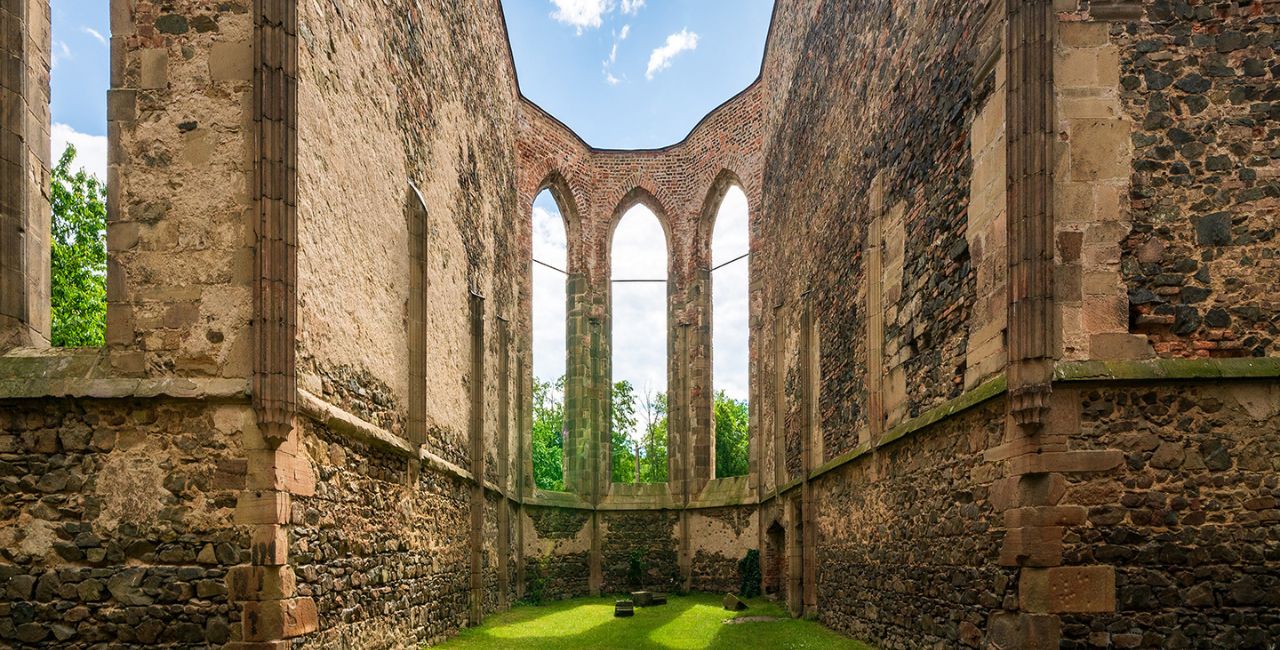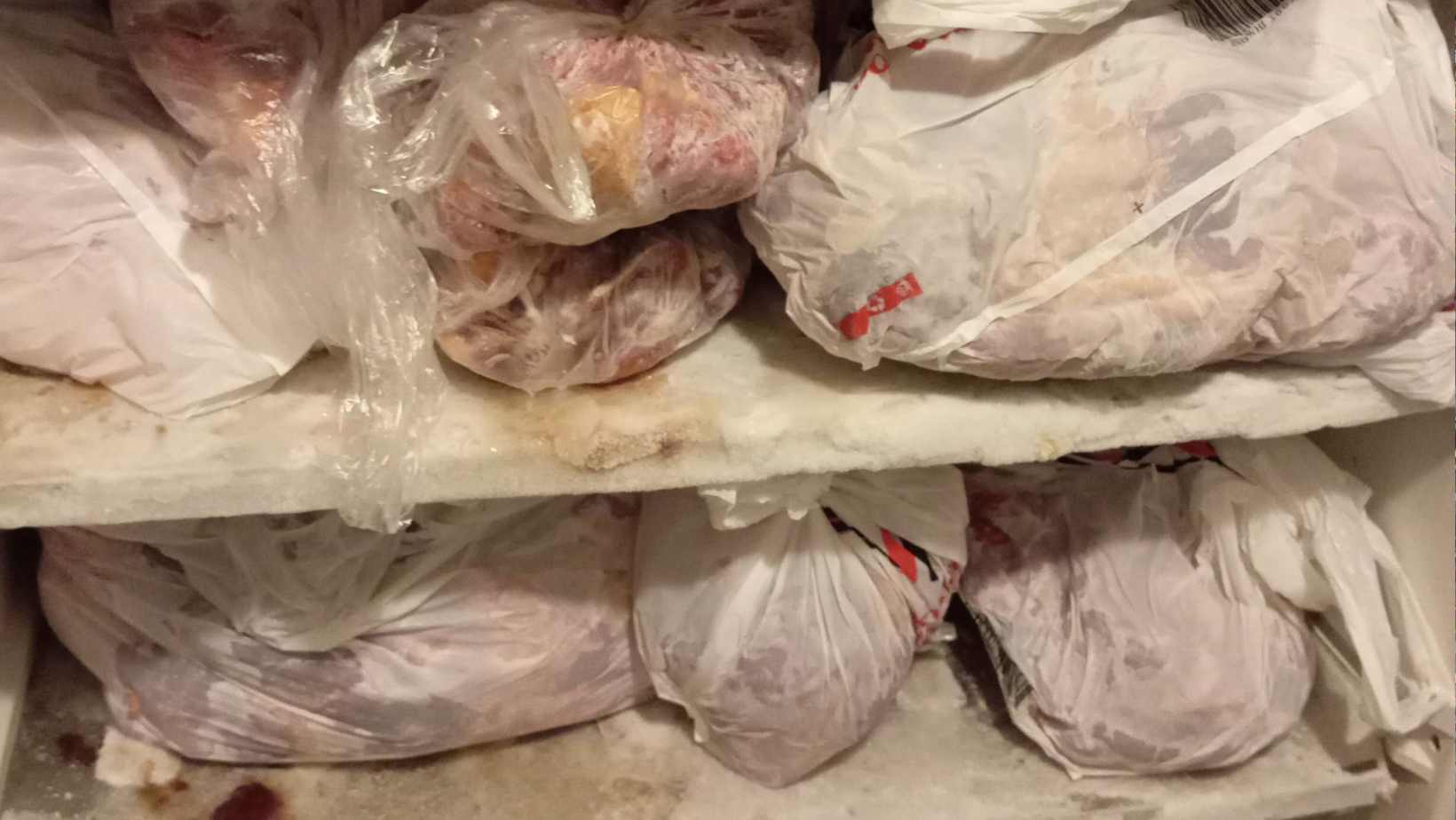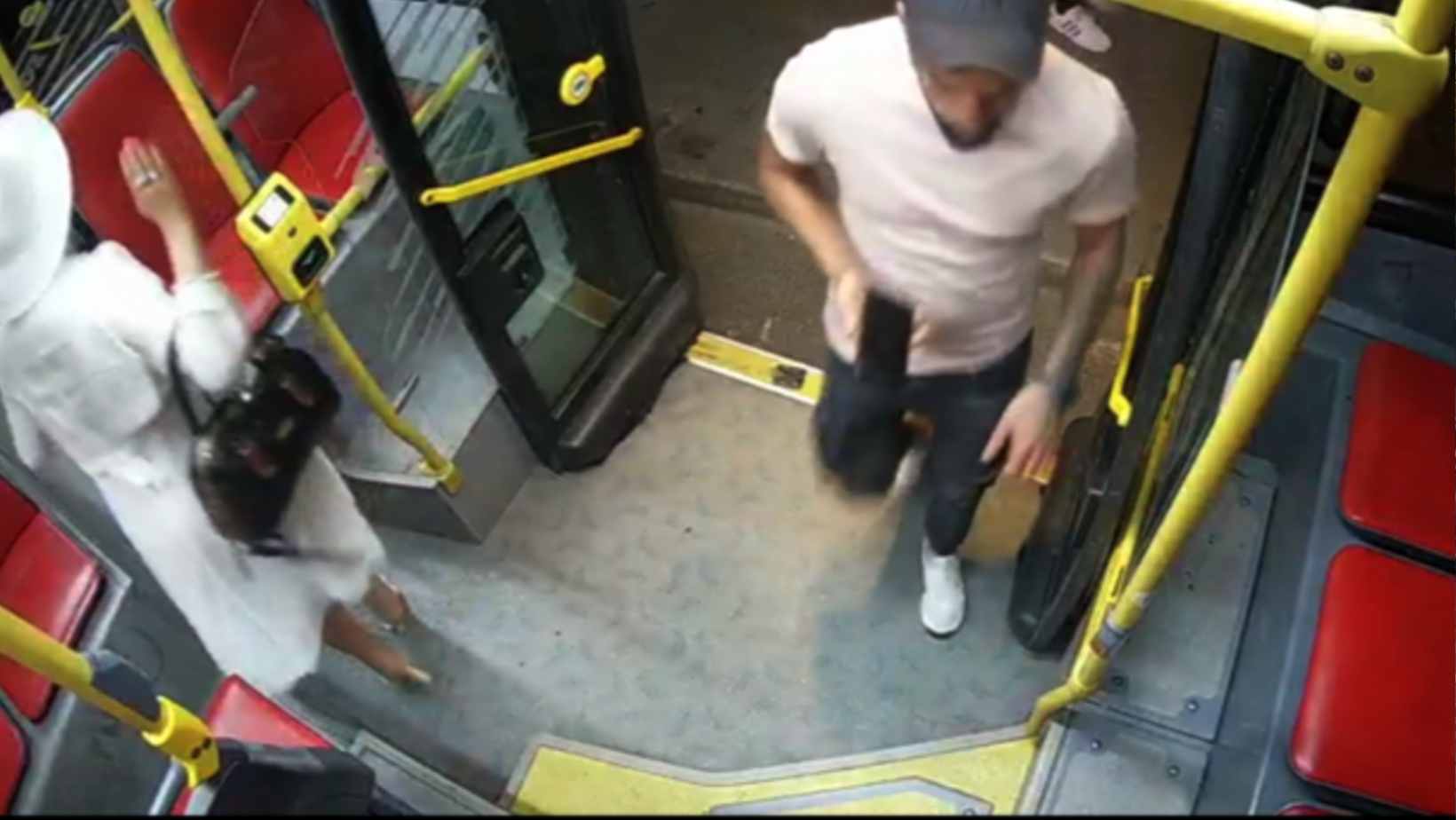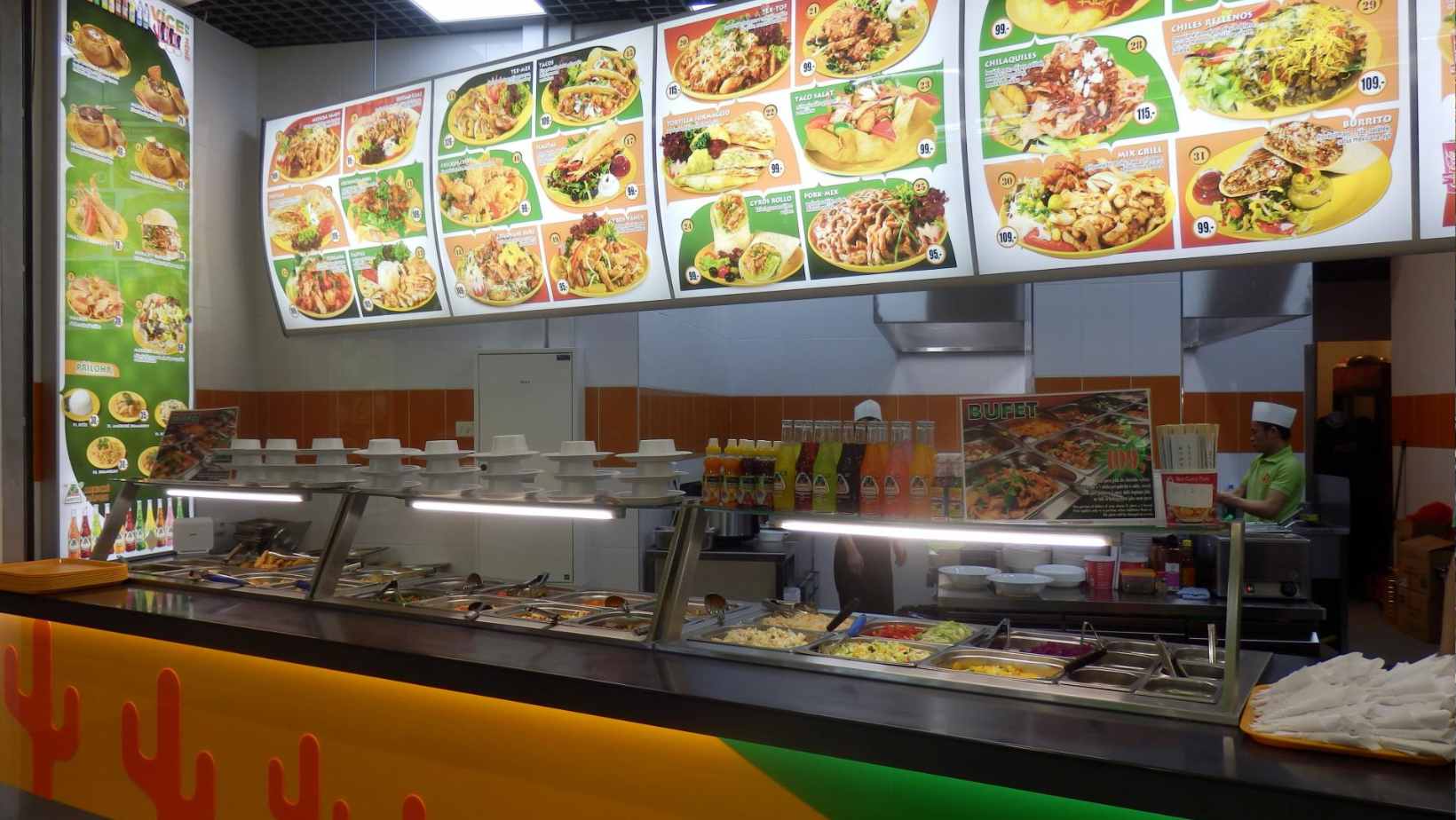If you are looking for an ancient, mysterious place to visit in Moravia south of Brno, look no further than the Rosa Coeli convent.
According to legend, whoever enters here absorbs only positive energy, despite a complicated history of the place. “Just a few minutes of staying in the magical spaces of the raw Gothic of the former monastery will improve your mood,” says its website.
The ruin is located in the town of Dolní Kounice in the district of Brno-venkov in South Moravia. You can get here by car from Brno in about half an hour, and by public transport with a transfer in less than an hour. The approximate driving time from Prague depends on traffic, but expect at least 2 hours and 15 minutes.
During the summer holidays, the Rosa Coeli Monastery is open daily from 10 a.m. to 6 p.m. Before you go here, check that you are following the stated opening hours, because the building is locked when closed. The full entrance fee is 80 CZK, with various discounts and tours available.
According to contemporary sources, the monastery was to be founded in 1181 by the Moravian noble Vilém of Pulín as an apology for property damaged during his military forays into Austria. Abbot Gotšalk from the Želiv Monastery, who was experienced in this area, advised him during the construction.
The location of the monastery was not random, but positioned to remain hidden from possible invaders coming from the South Moravian plain. The community of Premonstratensians from the convent in Louňovice settled here two years later.
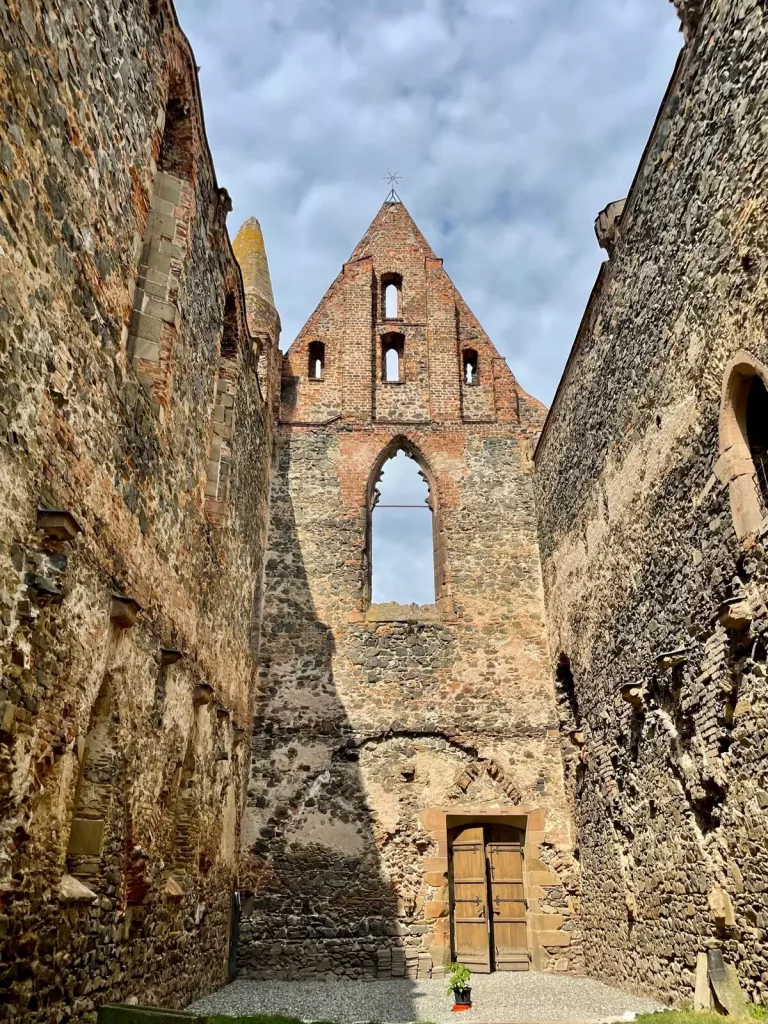
In the 14th century, the area underwent significant reconstruction, a new Gothic monastery church was built and a quadrature with a paradise courtyard, which still today feels like paradise. It invites you to sit in one of the glass windows and look at every single plant that climbs the wide monastery walls. A monastery castle was also built on a nearby hill.
However, according to historians, all these constructions may be one of the reasons why the monastery went into debt.
The economic situation of the monastery stabilized soon after founding, and it received the protection of the Pope himself and the
Czech monarchs.But after a local priest Martin Göschl married one of the nuns, it saw a total collapse in order. The place of devoted faith became a place of sin and orgies.
Göschl was arrested and, according to legend, the villagers eventually expelled the sinful nuns from the convent. They even killed some, and legend has that one is still trapped in the walls.
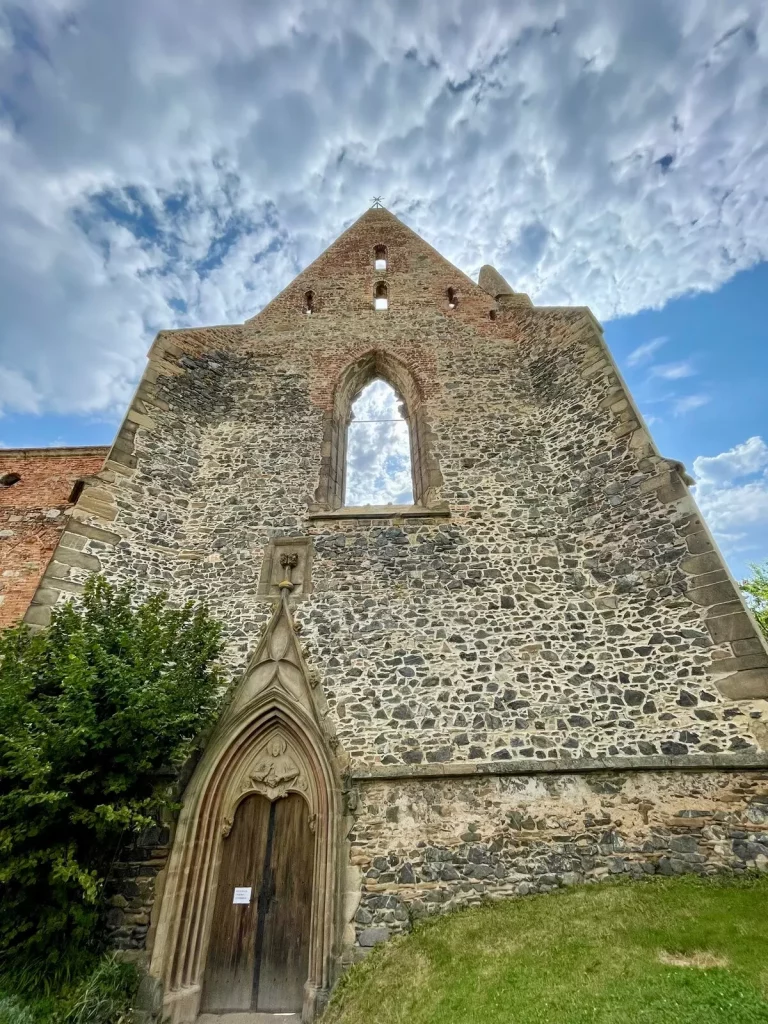
After the nuns scattered throughout the kingdom, the estate fell into the lap of the monarch Ferdinand I of Habsburg. However, he sold it in 1537 to the Vice-Chancellor of the Czech Kingdom, Jiří Žabko from Limberk. The manor changed owners a few more times, but after the fire in 1703 it was rather dilapidated. The building was ravaged by passing troops, non-leavers and the manor officials themselves over the next few centuries.
Restoration began in the early 20th century, however, and since 1990 the site has been open to the public.
Despite everything that people have done to it, even today the ruin has its charm, which people from all over the country come to draw here.
You can see, for example, the uncovered torso of the church gable, the Garden of Eden and the high vaulted ceilings. But you can also walk through the monastery garden and think about how the nuns lived and whether they went to dip their feet in the nearby stream in the summer.
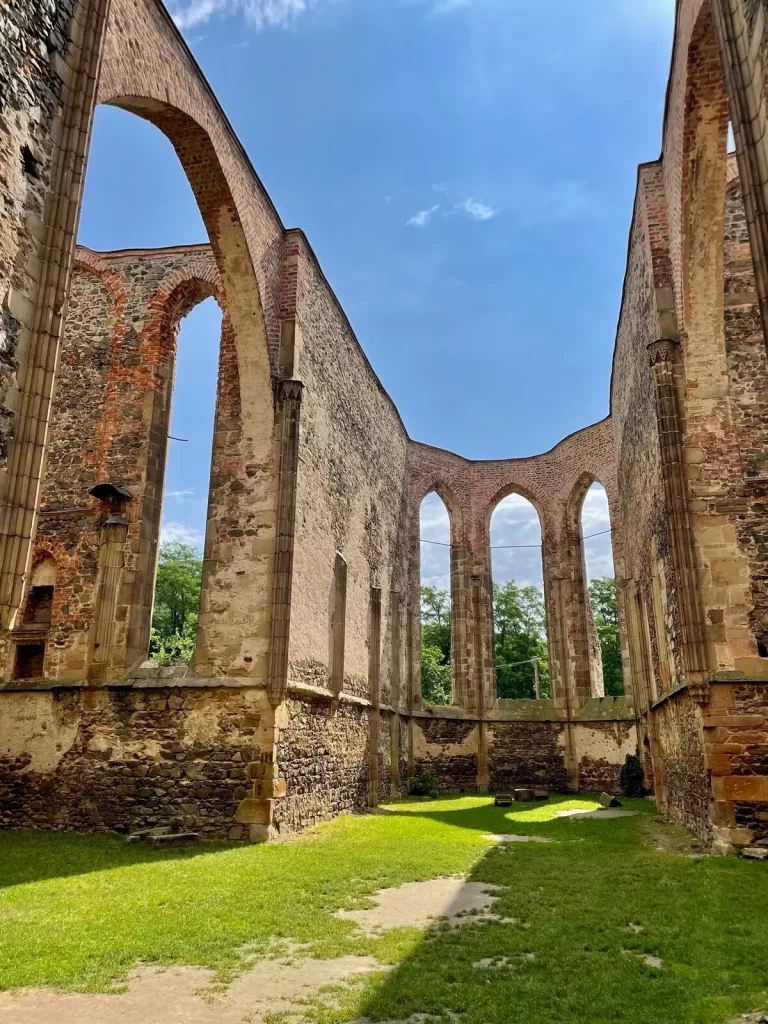
-
NEWSLETTER
Subscribe for our daily news





